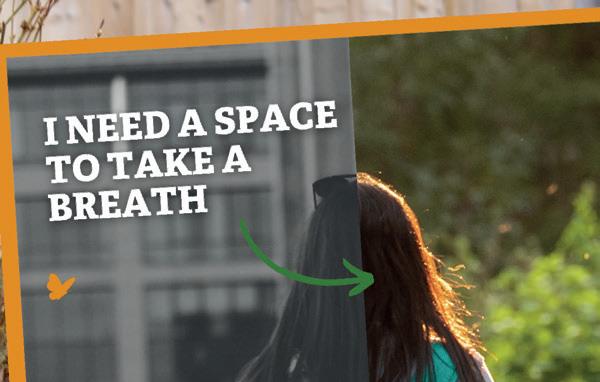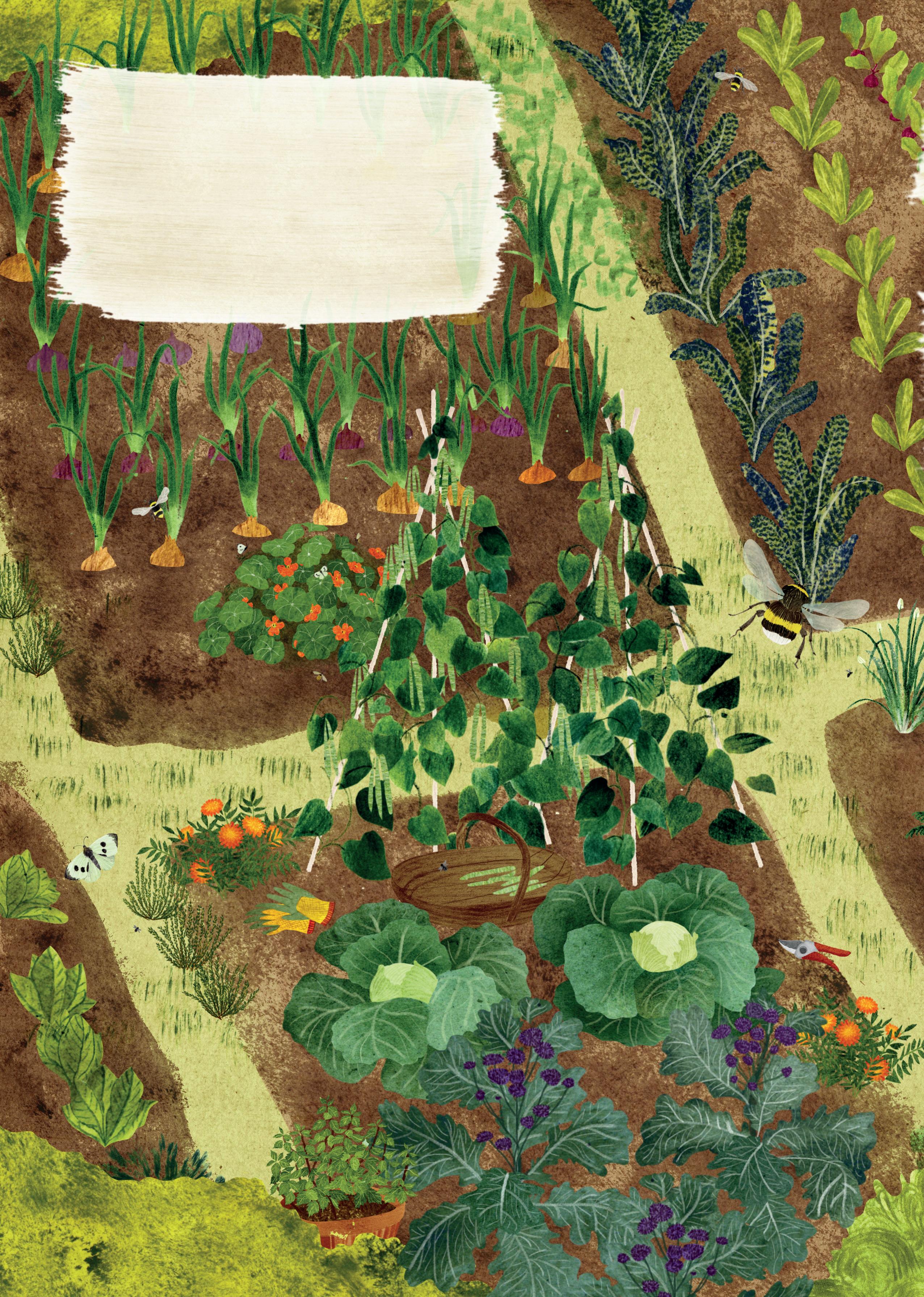
3 minute read
Gardening
FOCUS ON... Waste of Space
Turning grey to green – our new ‘Waste of Space’ campaign aims to create great places to live for both people and wildlife.


The lockdowns of the past year have undoubtedly made more people appreciate nature and recognise its role in supporting mental and physical wellbeing. Our own survey last spring showed that 97% felt that nature had helped relieve stress during this time. However, while some of us are fortunate to have gardens and wild, green spaces on our doorsteps, this is not the case for everyone. Access to nature should be equal, but currently many people - particularly those living in towns and cities - are excluded from the many benefi ts that nature off ers.
As well as helping to create healthy, connected communities, urban green spaces have a vital role to play in supporting nature’s recovery. In order to survive and thrive, insects, birds, mammals and amphibians need safe, welcoming and connected habitats and food sources. Every small wild space - from a window box to a road verge - can act as an important sanctuary or stepping-stone for wildlife. Beyond this, nature can help clean up and cool down our urban environments, mitigating the impacts of the climate crisis.
Both the public and policy makers are starting to recognise the value of green space and, through Team Wilder, we have seen what can be achieved when people take action - transforming wasted spaces into colourful oases. With the right policy framework and practical support, we could see wilder communities fl ourishing across our towns and cities.
Through the Waste of Space campaign, we want councils and businesses to prioritise nature and work with local people to improve their area. We are calling on councils to take a lead and set out ambitious green space action plans. We’re asking local businesses to make the most of their own spaces and support their local communities in ge ing wilder.
We are also asking local people to get involved by fi nding and mapping the spaces in their neighbourhoods that they’d like to see transformed. We will then help them to work with their councils and communities to make the change happen.
Ultimately, we want to see these rewilded spaces playing their role in the nature recovery network, helping to move us towards our goal of 30% of space for nature. As part of this, the Wildlife Trusts want to secure a ‘wildbelt’ designation in law to protect these valuable pockets - so they cannot easily be lost or forgo en.
To fi nd out more about Waste of Space and to add any places you think could do more for people and wildlife to our Waste of Space map, visit our webpage. Put your photos on social media with #WasteOfSpace, tag us @HantsIWWildlife and tag your local councils, MPs, friends, and neighbours to get them involved!
www.hiwwt.org.uk/map-waste-space
Companion planting
Feed yourself and your local wildlife with these tips from Kate Bradbury.

Nasturtium
Tropaeolum majus
Nasturtiums can lure aphids from beans and egg-laying bu erfl ies from brassicas. You can also transfer white bu erfl y caterpillars on to nasturtiums from your cabbages and kales. Their fl owers a ract bumblebees, the main pollinator of tomatoes.
Thyme
Thymus vulgaris

This low-growing herb can deter blackfl y from broad beans and roses. You can also make a tea from its leaves and spray it on brassicas to prevent whitefl y.
Mint
Mentha spicata
Its strongly scented leaves deter insects with a taste for carrots, onions and brassicas, including fl ea beetle. Best grown in a pot as it can grow out of control in open ground.
Beans
Fabaceae
Brassicas and salad crops need nitrogen-rich soil to grow well. Plant them alongside beans, whose roots fi x nitrogen into the soil.
Marigold
Calendula offi cinalis
Its leaves repel whitefl y from tomatoes and can lure aphids from beans. Its fl owers a ract pollinators as well as aphid predators like ladybirds, lacewings and hoverfl ies. Its roots work with soil fungi to deliver more nutrients to other plants.






